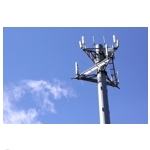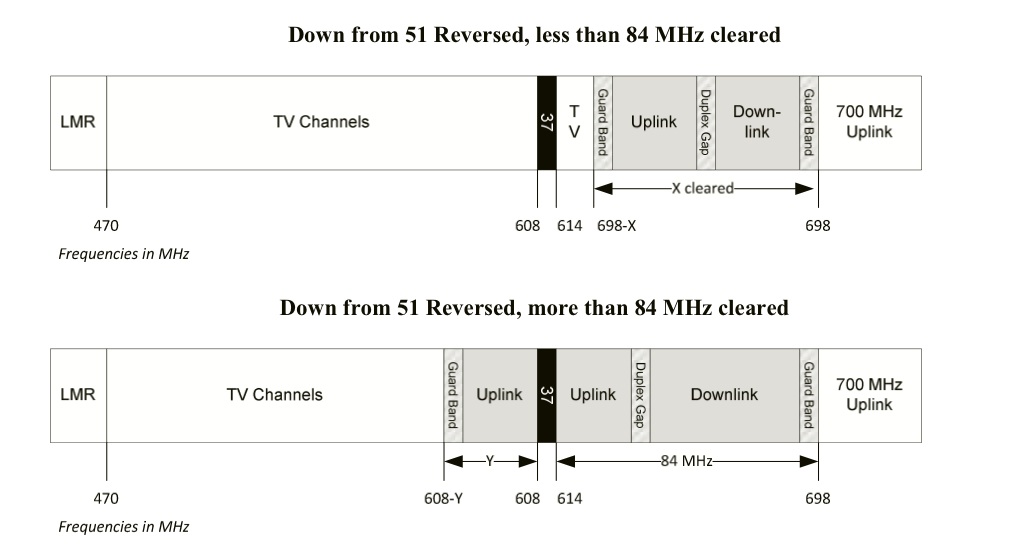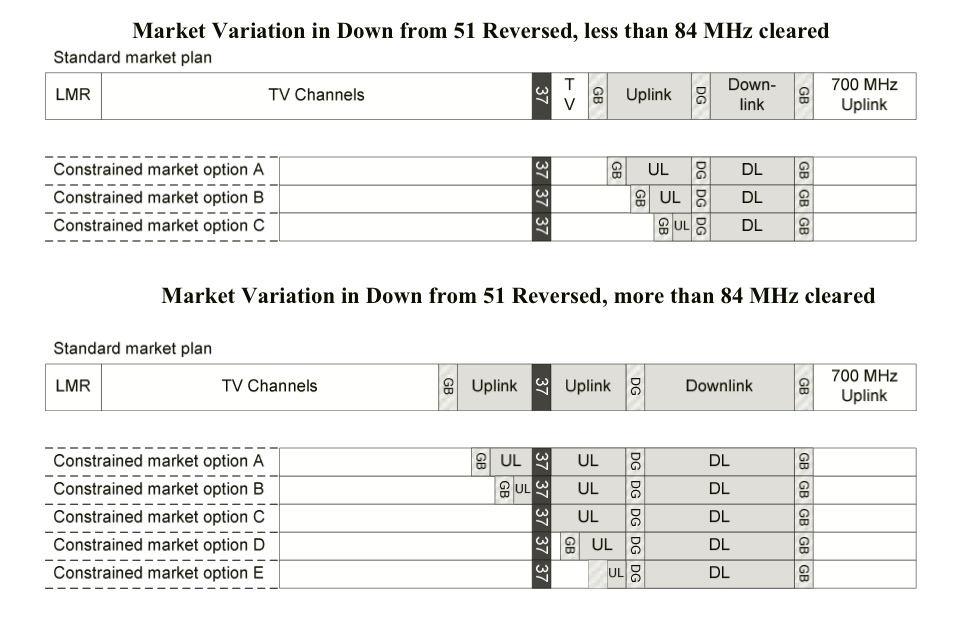 The FCC Wireless Telecommunications Bureau is seeking further input on the band plan for spectrum to be freed up through the planned voluntary incentive auction of TV broadcast spectrum. That auction will give TV broadcasters the option of relinquishing spectrum in the 600 MHz UHF band in exchange for an opportunity to share in the proceeds. How much spectrum will be freed up won’t be known in advance, which makes the band plan challenging.
The FCC Wireless Telecommunications Bureau is seeking further input on the band plan for spectrum to be freed up through the planned voluntary incentive auction of TV broadcast spectrum. That auction will give TV broadcasters the option of relinquishing spectrum in the 600 MHz UHF band in exchange for an opportunity to share in the proceeds. How much spectrum will be freed up won’t be known in advance, which makes the band plan challenging.
Some industry stakeholders have asked for a consistent band plan nationwide, which would eliminate the possibility of making additional spectrum available in markets where broadcasters offer to give up more spectrum. In a public notice issued on Friday, the bureau asks stakeholders to comment on an alternate band plan that would allow the amount of spectrum available to vary from market to market.
Based on some other things that have occurred recently, I would expect comments from the telecom and broadcast industries to be largely negative. More on that later in this post.
The proposal
The plan previously proposed by some industry stakeholders, which the FCC refers to as the “Down from 51” plan, would clear broadcast television channels starting at channel 51 and expand downward, with the uplink band beginning at channel 51 (698 MHz) followed by a duplex gap and then the downlink band. (Some broadcasters that opt not to relinquish spectrum would need to be moved in order to free up a contiguous spectrum band beginning at channel 51.)
As the FCC bureau notes in the public notice, some variations on this plan propose reserving a certain amount of spectrum for unpaired use. That’s an option that would be well suited to supporting TD-LTE, the type of LTE service that Clearwire is in the process of deploying.
In the public notice, the bureau recommends a variation on the “Down from 51” plan, which it calls the “Down from 51 Reversed” plan. In this plan as with the other one, spectrum would be cleared beginning at channel 51 and expanding downward — but the downlink band, rather than the uplink band, would be positioned beginning at 698 MHz, followed by a duplex gap and then the uplink band.
The public notice includes two figures to illustrate the concept – one showing a band plan assuming that less than 84 MHz in total would be cleared and the other showing a plan assuming that the total amount of cleared spectrum would exceed 84 MHz.

In the second scenario, uplink spectrum would exist above and below channel 37, which is reserved for radio astronomy and wireless medical telemetry services.
According to the document, this approach would enable a consistent downlink band to be offered nationwide, while the amount of bandwidth available for uplink would vary from market to market. In another chart included with the document, the bureau depicted the same information more granularly, showing what the band plan might look like in different geographic areas based on different amounts of spectrum relinquished by broadcasters.

Adding one final wrinkle, the public notice also asks for feedback on another option that also would make different amounts of spectrum available depending on geography, but spectrum would be sold on an unpaired basis.
Potential problems
Traditionally auctions have included several separate spectrum blocks. Previously the FCC recommended that spectrum freed up through the broadcast auction should be divided into 5 MHz blocks, which would be in keeping with this traditional approach.
If the FCC were to use this approach in the TV broadcast auction and also were to adopt the “Down from 51 Reversed” plan, potentially some spectrum blocks would only be available in certain geographic areas – those where more spectrum was relinquished by broadcasters.
But that would mean that in other markets, the same spectrum would be in use by TV broadcasters – and what the industry has experienced in the 700 MHz band suggests that could be problematic.
AT&T has expressed concerns that channel 51 broadcasts create interference in the adjacent lower 700 MHz A-block, also claiming potential interference problems if a device capable of using the A-block is used in the B- or lower C-block, where AT&T holds a lot of spectrum.
Rural telcos, which hold a lot of A-block spectrum, dispute these claims — and only about 30 of more than 200 TV broadcast markets in the U.S. have an operational channel 51. Nevertheless, carriers are currently prevented from deploying mobile service in the A-block in markets that have an operational channel 51 – a consideration that could explain why Verizon Wireless has put its plans for deploying LTE in any of its A-block license areas on the back burner.
Small rural A-block licensees complain that the net result of all of this is that they have had difficulty getting devices to operate in the A-block at reasonable prices and they have no ability to offer customers nationwide roaming.
If the industry has seen this many problems as a result of LTE being deployed in bands near a TV broadcast channel, I can only imagine the fights that would ensue if the FCC tries to implement a band plan that licenses spectrum to carriers at frequencies that are not just near TV broadcast bands but that broadcasters will still be using – even if the broadcasters aren’t in every market.
Then again those fights might never get a chance to happen because after the A-block debacle, it would seem unlikely that carriers will want to bid on any spectrum that hasn’t been cleared nationwide.


